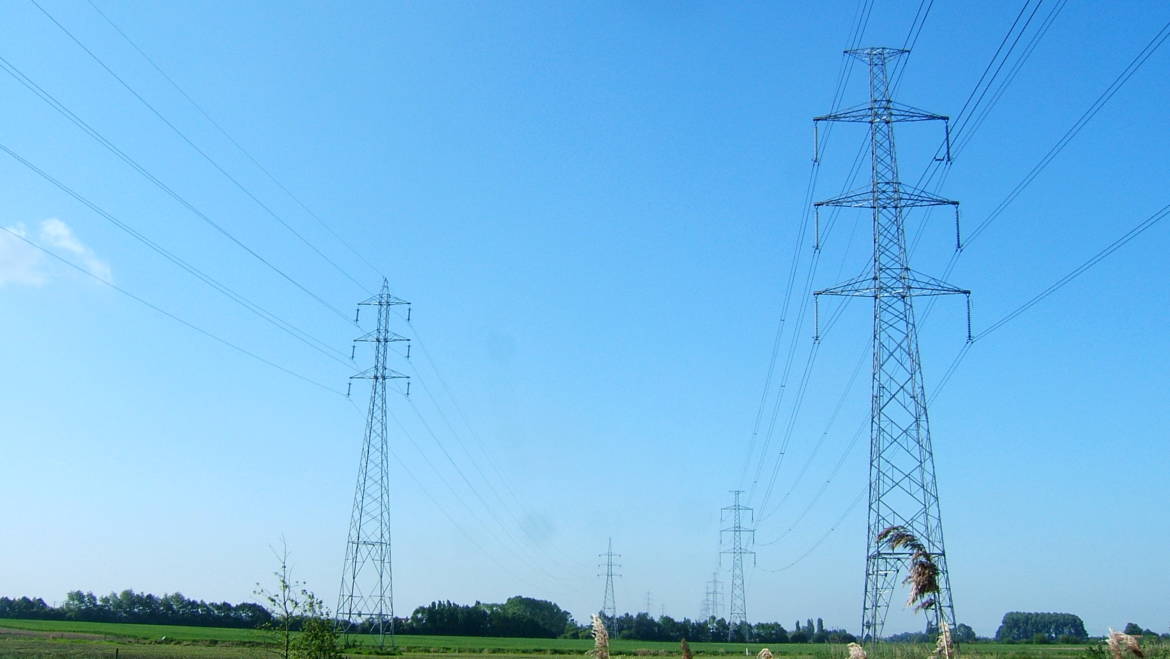Challenge
Electric cooperatives are among the most heavily regulated industries in the country. As a result, a large portion of the cost cooperatives bare are out of their control. Cooperatives have seen the cost to purchase power rise to comprise 70% to 80% of all of their costs. This rise has directly impacted the price of electricity for each of their members dramatically, and the cooperatives have little to no way to control it. The result is an increase in focus and pressure to control the small portion of costs that are related to operations, even though the cooperative’s rates are already designed to only collect from their members the amount required to serve them. No more, no less. In addition, smaller cooperatives have similar expenses as large cooperatives including regulatory fees, administration costs and infrastructure. The only real control is to increase the base that shares in these costs.
How LWG helped
In the case of Carroll County and White County REMCs, LWG was brought in to help the two smaller cooperatives merge in order to reduce rate pressure for all members. The two cooperatives had tried this previously, but felt that it did not pass because the membership didn’t fully understand the purpose and benefit of merging. The board members and management asked LWG to further educate their membership on the benefits of merging the two entities.
LWG appeared at membership meetings and outlined the opportunities to gain savings when merged that each utility couldn’t do on their own. A merger would reduce operational expenses such as software, regulatory fees, among others. In addition, the merger allows for the same costs to be spread over more people. Cooperatives were designed to get electricity to places where no company wanted to invest. The basis of the model is to share the cost efficiently.
Outcome
The membership voted to approve the merger resulting in a more fiscally strong, larger cooperative that now can better control rates and more effectively provide services. In addition, this merger has diversified the risk of the cooperative, which means it has lowered the risk for all of the member owners of the cooperative. Also, this has positioned the cooperative to increase the services it provides for the member owners.
Summary
With all the outside pressure regulation has put on the rates of cooperative members, the industry has to be innovative in controlling costs. While working through the process, both cooperatives were reminded just how important being a member of a cooperative was for their members. Being a part of the membership, and having their voice heard was just as important as the potential savings. Being available to meet publicly with members to explain the details and to ensure the members that their position and investment not only wouldn’t diminish, but would strengthen was an important step. The result was a better educated membership, which then approved the merger. As a result, the newly formed REMC has consolidated operating costs and increased membership value which has made the overall company stronger financially. With a larger membership, costs are spread among more members keeping their rates lower, and allowing for a more efficient company.



